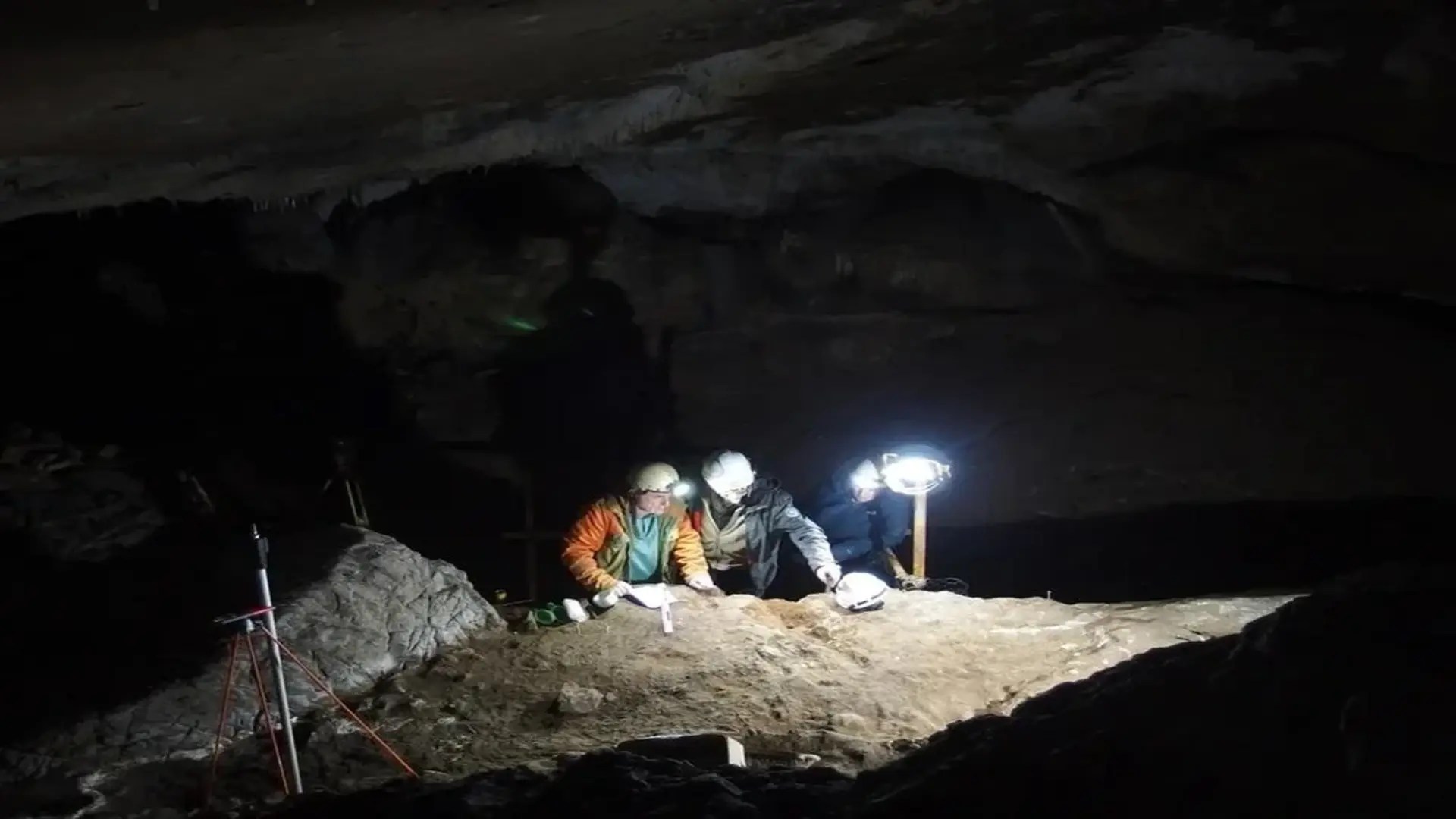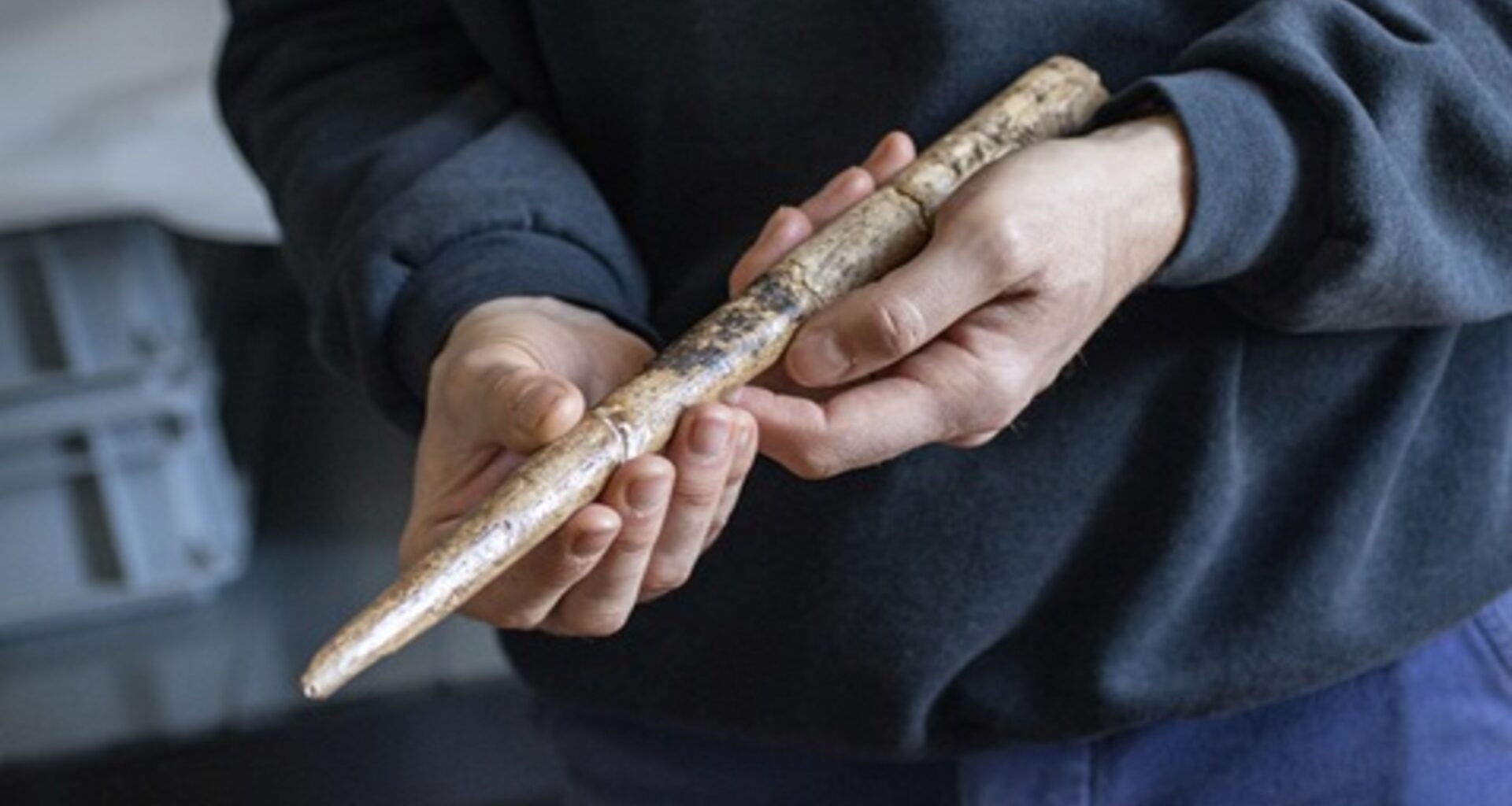A groundbreaking new study has shattered previous conceptions about Paleolithic humans, proving they exploited marine resources for hunting tools and food as early as 20,000 years ago—much earlier than previously understood.
This eye-opening research, published in Nature Communications, meticulously analyzed 173 bones from 26 archaeological sites located near France’s Bay of Biscay and Spain’s Santa Catalina Cave.
Long thought to be exclusively terrestrial, Paleolithic humans were already scavenging shores for whale bones to craft their hunting tools. These tools were fashioned from the bones of five distinct whale species: sperm whales, fin whales, blue whales, gray whales, and either bowhead or right whales, though tests couldn’t pinpoint which of the latter two, Science News reports.
The bones not only offer a fresh glimpse into these early humans, who fully leveraged their environment—even crushing bones for fatty oil to survive the harsh climate—but the study also yielded new insights into prehistoric whales.

Excavation in Basque cave of Isturitz, France, where archaeologists uncovered the whale bones. Jean-Marc Pétillon
Man used marine life too to hunt and survive
Humans in the Paleolithic era lacked the resources or technology to actively hunt whales, meaning they relied on carcasses that washed ashore. However, until now, archaeologists had only uncovered evidence of their targeting land animals.
Collagen peptide mass fingerprinting (Zooarchaeology by Mass Spectrometry) and radiocarbon dating were employed to identify the whale species sourced from the shore and to determine how these tools were utilized—specifically as projectile points and spear shafts for hunting reindeer and bison, according to Archaeology News.
Smithsonian Magazine highlights that a growing body of research on prehistoric man and the sea has begun to surface in recent years. This international team of researchers from Spain, France, and Canada unearthed the oldest whale bone tools discovered thus far.
“Implements made of whale bones in other parts of the world, such as the South Pacific Islands, date to no more than several thousand years old,” Science News reports. The latest findings indicate that our human ancestors regularly reached for marine life for resources much further back in time, Pétillon added.
In Spain, bones showing signs of purposeful breakage to extract fatty oil offered an additional glimpse into Stone Age diets, with these particular bones dating between 15,000 and 15,500 years old. Recently, more research has also come to light indicating that both African Homo sapiens and European Neanderthals incorporated a range of seafood into their diets.
As a group of whale bone fragments were found to be as old as 17,500 to 16,000 years, researchers suspect that “regional trade might have increased around this time,” Science News continues.
A new picture of prehistoric humans developing
But researchers went even further, capitalizing on the artifacts as deeply and broadly as our prehistoric ancestors did. Chemical analysis of the bones revealed a change in gray whale migration patterns and an overall difference in feeding habits, according to Archaeology News.
Sea levels were nearly 400 feet lower during the Ice Age than today, meaning many prehistoric coastal sites are now submerged, making this latest discovery particularly unique and valuable. A much clearer picture of our human ancestors navigating the bitter Ice Age continues to develop. Their behavior and strategies were far more complex than previous evidence suggested, reaching for both the sea and land to survive and thrive.
